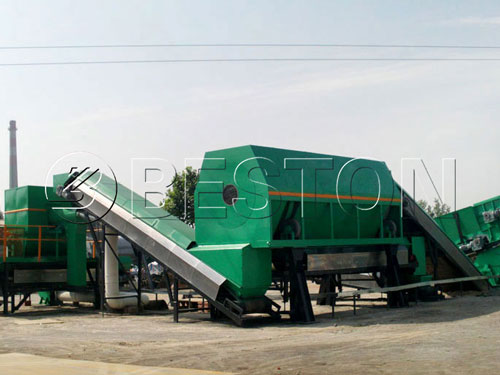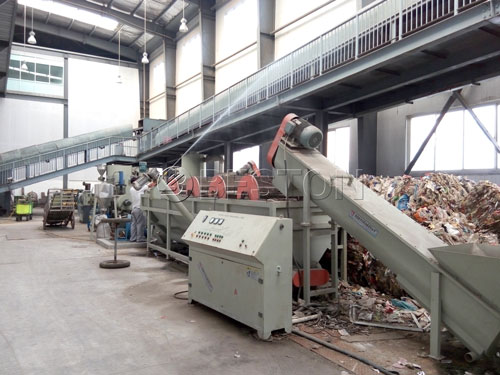Waste Management is a significant industry since the average citizen produces around half a tone of waste each year. Traditional waste management systems that rely on the collection of sorted/ mixed waste and transporting it to specific disposal sites have a substantial adverse effect on both humans and the environment. This article will review the different waste management systems you could use in your household.
These waste management systems (sistema de gestion de residuos) could help you get rid of or significantly minimize the stages involved in waste collecting and transportation. Also, these systems should not require any unique infrastructure and should allow garbage to be turned to energy sources or safe products without harmful emissions.

Sorting
Rarely do you get a waste management system from Beston Company, which utilizes all kinds of waste produced in a household. Majority of the available solutions pay more attention to organic waste like wood, biomass from gardens, food residues, and at times, paper. Reprocessing things like waste tires and plastics in a household is ordinarily risky and complicated. For metal and glass, there are no effective ways of utilizing them at a domestic level. Also, trying to dispose of batteries, electrical and electronic equipment, or pressurized containers like deodorants, might be risky at home.
So, an essential component of waste management in any home is sorting since the sorted waste can also be treated further. There are other applications of biological methods, which utilize the action of living things. However, these methods focus on organic waste processing. Additionally, physicochemical methods can be employed, which are suitable for various kinds of wastes.

Waste Utilization Through Biological Methods
Each biological waste utilization method comprises of the decomposition of various biodegradable waste by using living microbes such as fungi and bacteria, which utilize biodegradable organic matter as their source of food for reproduction and growth. Microbes usually excrete specialized enzymes that are responsible for digesting specific biodegradable waste components such as fats, proteins, starch and any complex polysaccharide, lignin, and cellulose into simple nutrients like fatty acids, amino acids and sugars, which they absorb later. While the microbes grow and later reproduce, a substantial amount of these nutrients is then converted into carbon gases, heat and water. As a result, there is a significant loss of weight along the process.
Waste Utilization Through Physicochemical methods
Unlike the biological methods, waste utilization using physicochemical methods consists of waste treatment processes that rely on changing specific physical parameters like pressure, temperature, or the presence of reducers or oxidants in the environment without using living organisms to do so. As a result, chemical and physical changes take place in the waste after which the waste becomes less hazardous and is then turned into useful products.
The best waste transformations involve the reduction of volume and mass, energy being released and its usage, and separation of any valuable component present in the waste. Garbage treatment with thermochemical methods such as pyrolysis, combustion and gasification are applied. Sometimes medical and biological wastes are exposed to high temperature and pressure at the same time to allow sanitary safety; this is referred to as sterilization.
The ideal option should offer the ability to dispose of waste (separacion de residuos solidos urbanos) produced by household members while allowing maximum recovery of both raw material and energy.